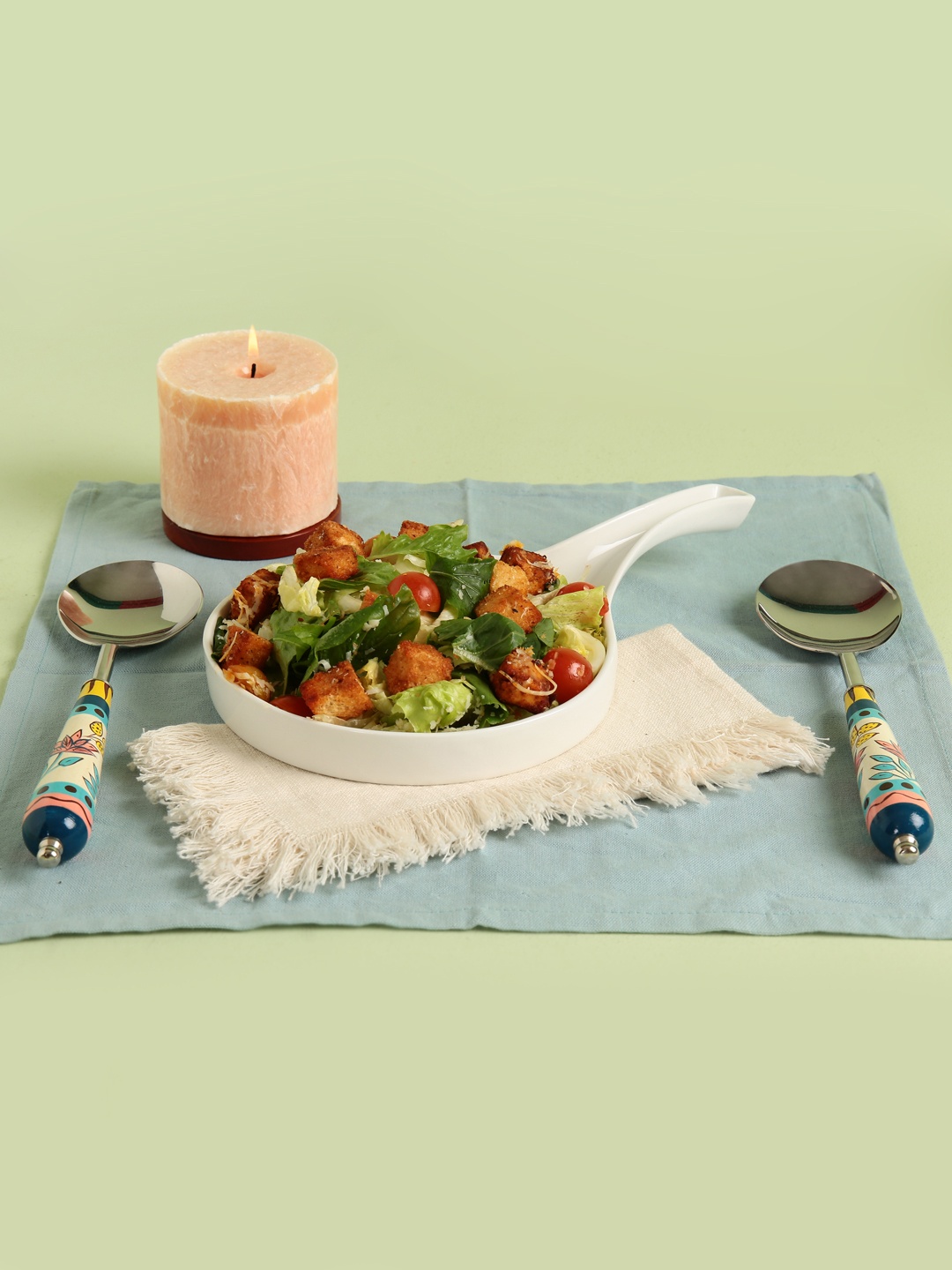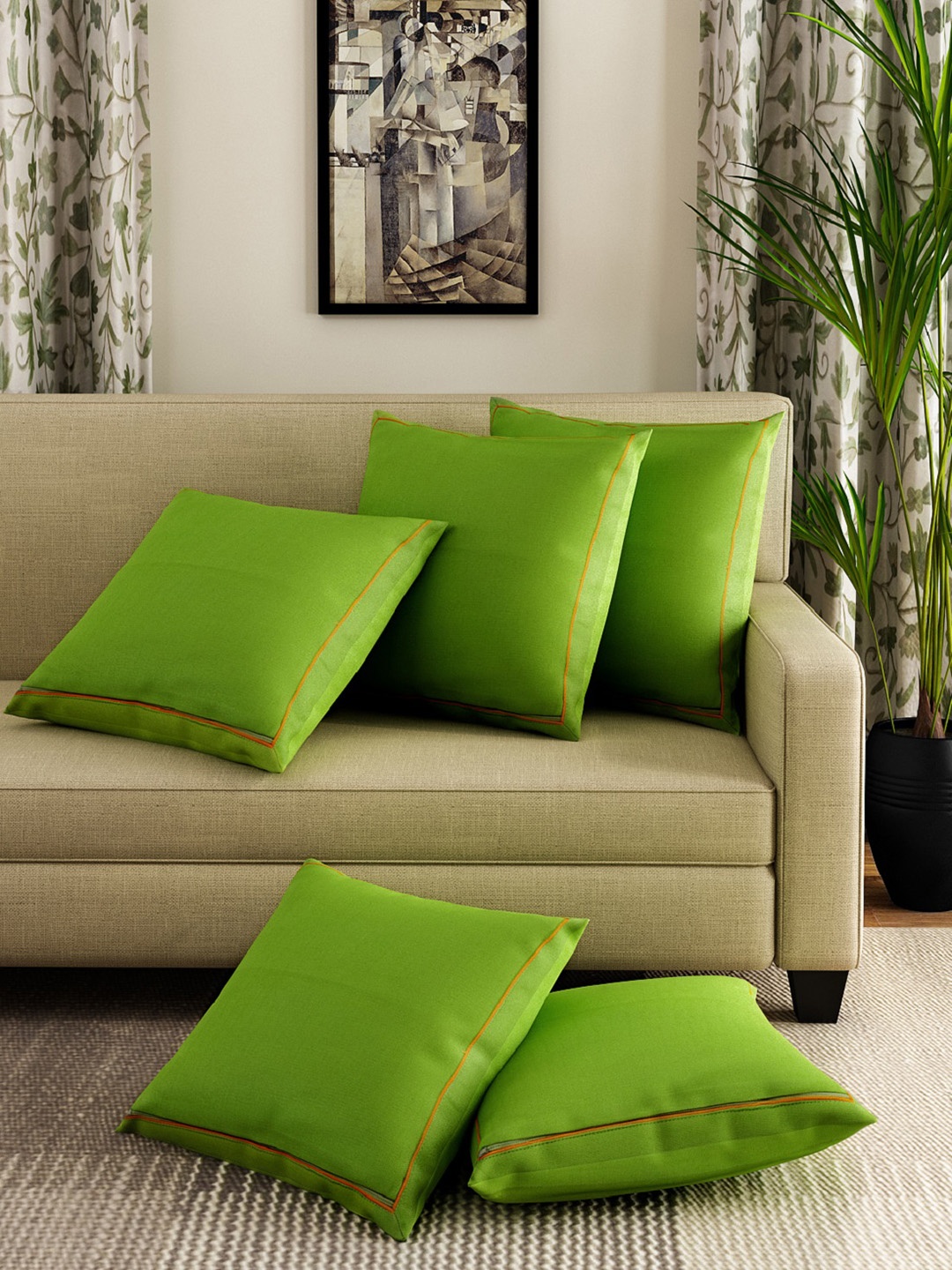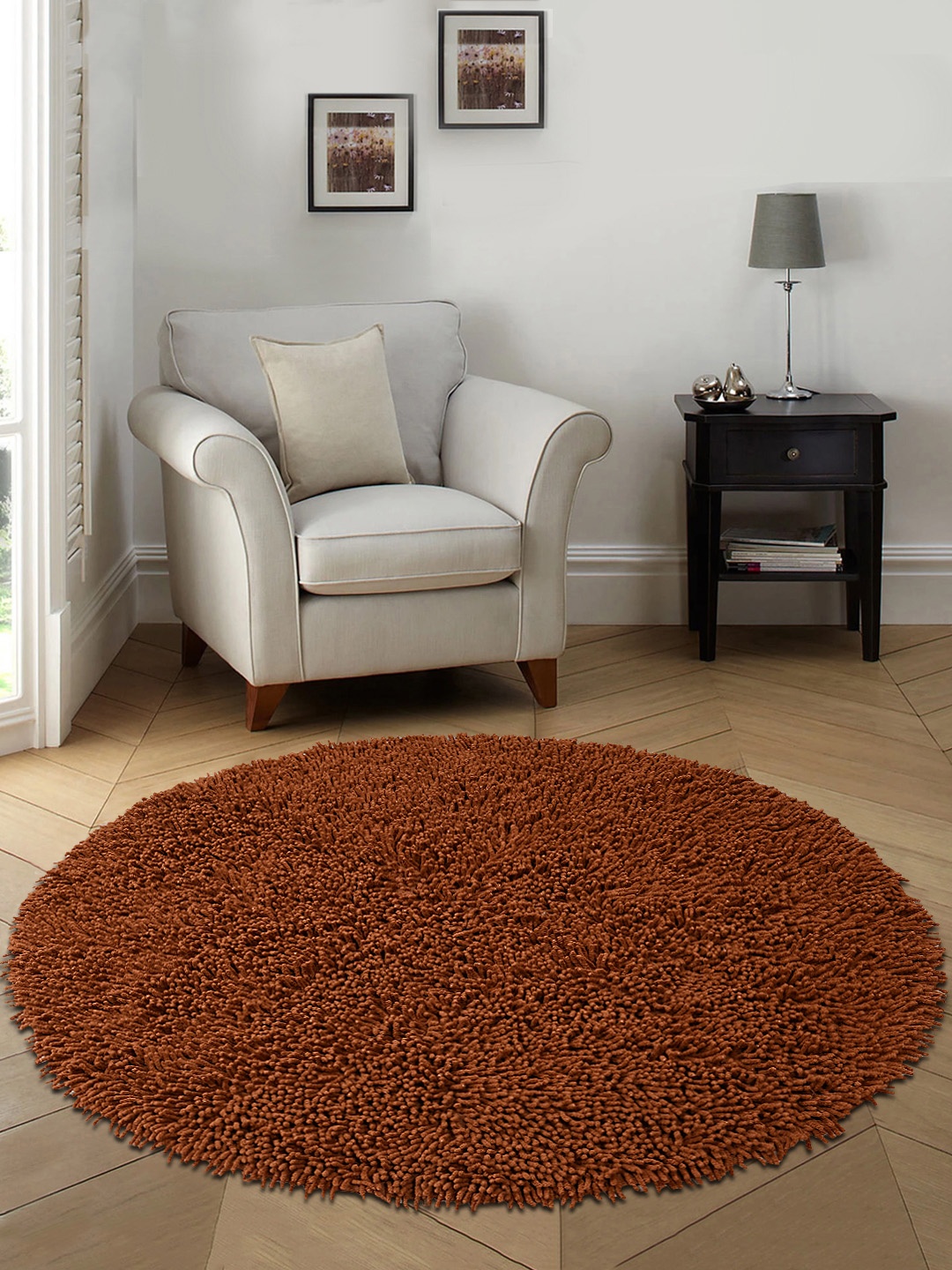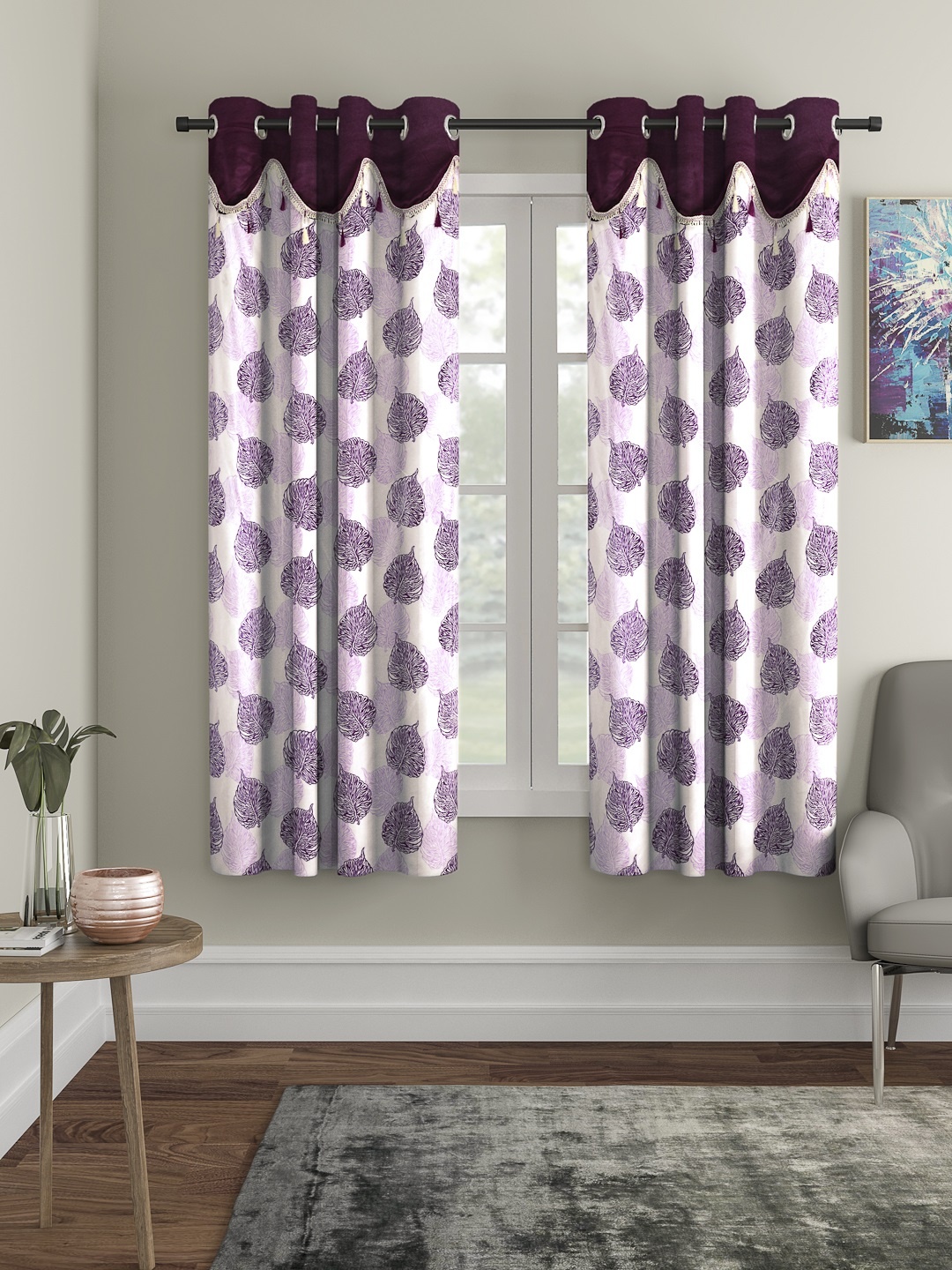Clay Pot vs Steel: The Best Vessel For Setting Homemade Curd At Home
Homemade curd is more than just food; it's comfort and tradition. But this is a question that sparks endless kitchen debates: does curd set better in a clay pot or a steel container? Let us dive into the science behind this age-old rivalry. Check out these important things to know about a clay vs a steel pot to make homemade curd.

Clay Pot vs Steel: Which Makes Better Homemade Curd? All You Need To Know.
Few kitchen conversations are as nostalgic as those about curd. For many households, it isn't just a side dish; it's part of the rhythm of daily meals. Whether paired with hot rice from an electric cooker, spooned into fluffy parathas, or whipped into cool lassi on a sultry afternoon, curd carries with it both comfort and familiarity. Yet, hidden within this humble bowl of white bliss lies a spirited debate: should curd be set in a clay pot or in steel? Some swear by the earthy fragrance and thicker texture of clay-set curd, while others insist steel gives a clean, consistent result. Both sides raise valid points, and the choice often boils down to tradition, convenience, and taste.
Simply put, a traditional clay pot provides natural cooling, earthy flavor, and thick consistency, while a sleek steel vessel offers durability, easy cleaning, and budget-friendly convenience for homemade curd. Now, check out the top 10 points to know.

Which vessel truly makes better homemade curd? Let's explore ten perspectives that combine science, taste, culture, and the heart of home cooking.
Photo Credit: Unsplash
Things To Know About Clay Pot vs Steel
1. The Magic of Clay: Earth Meets Milk
Clay pots are as old as civilisation itself. When milk is poured into a clay vessel to set curd, it's almost as though nature is joining hands with the cook. The porous surface of the clay absorbs a little of the whey and helps regulate moisture, leading to thicker, creamier curd. That slight earthy aroma clings to every spoonful, lending a rustic charm to the meal.
Many households still treasure a set of earthen pots that have passed down generations. There's an unspoken romance about lifting the lid of a clay pot to reveal perfectly set curd, the texture just firm enough to jiggle. It's a small reminder of slower times, when food felt like an unhurried ritual.
Besides, there's the satisfaction of knowing the pot itself breathes, something a steel container can never mimic. Clay adds more than utility; it adds personality.
2. The Strength of Steel: Consistency Counts
On the other side of the kitchen lies the sturdy, no-nonsense steel container. Unlike clay, steel does not absorb moisture, which means the curd stays uniform and neat. The container is easier to clean, doesn't chip, and can last for decades without complaint.
For households that prepare curd every day, steel offers unmatched convenience. It can endure the hustle of modern kitchens, where multitasking rules and time is short. One moment it holds dal, the next curd, it's that flexible. Steel doesn't carry odours, doesn't break when a child knocks it over, and shines with a quick scrub.
Yes, the romance may be missing, but steel gives predictability. When the goal is to avoid surprises on a busy weekday, steel quietly steps in, holding its ground against tradition with sheer practicality.
3. Temperature Tales: How Vessels Influence Setting
The way curd sets depends greatly on temperature. Clay pots, with their porous walls, tend to breathe and maintain a cooler environment inside. This works like a natural incubator, especially helpful during the summer, when curd can otherwise become sour too quickly.
In contrast, steel conducts heat faster. This can be a blessing during chilly winters when curd struggles to set. A steel container, when tucked into a warm corner or wrapped in a towel, traps heat better and speeds up the process.
So, the battle is seasonal. Clay rules the sweltering days, while steel can be a winter ally. A kitchen wise to the seasons often keeps both vessels ready, switching loyalties depending on whether the fan is whirring or the blanket is out.

While clay is ideal for hot ideas, steel pots can perform better in winter; Photo Credit: Unsplash
4. The Texture Test: Creamy vs Firm
Texture is often where loyalties are sealed. Clay-set curd is typically thicker, almost resembling a sliceable dessert. The slight absorption of whey enhances creaminess, which makes it ideal for those who like curd to hold its shape on a spoon. Add a sprinkle of sugar or jaggery, and it feels like dessert straight from nature.
Steel-set curd, however, leans smoother and silkier. The absence of absorption keeps it slightly softer, which many find refreshing on the tongue. When churned into buttermilk or blended into raita, it slides with ease, making it versatile for various dishes.
Both textures have their fans. Some prefer the “cut-and-serve” feel of clay, while others adore the melt-in-mouth smoothness of steel. This is less a competition and more a matter of personal taste.
5. Health Angle: Tradition Meets Science
Clay pots come with a fascinating health story. Being alkaline in nature, clay can interact subtly with acidic foods like curd, balancing pH levels and making digestion smoother. The minerals in clay, though absorbed in micro-quantities, are believed to lend health benefits too.
Steel, on the other hand, is neutral. It does not influence the pH or mineral content of curd. For those who want food exactly as it is, without external influence, steel offers peace of mind. And let's not forget, stainless steel is safe, non-reactive, and durable, ticking every health checklist.
While clay brings a whisper of ancient wellness, steel provides modern assurance. Both, when clean and maintained, keep the curd wholesome and nourishing.
6. Cleaning and Care: Ease vs Effort
Here's where many families make their choice. Clay pots demand patience. They cannot be scrubbed with soap, as the porous surface soaks it up, leaving behind unpleasant traces. They need careful rinsing and occasional sun-drying. A little neglect, and they can develop cracks or odour.
Steel containers, in comparison, are low-maintenance soldiers. A quick wash with dish soap and they're gleaming again. They can handle rough scrubbing, dishwashers, and even the occasional clatter on the kitchen floor without flinching.
So, the choice here is simple: clay rewards devotion with beauty, while steel respects your time and spares you the trouble. It's the classic tussle between ritual and convenience.

Clay pots need delicate cleaning and maintenance; Photo Credit: Pexels
7. Cultural Nostalgia: The Taste of Memories
For many, the preference for clay pots isn't about science or convenience, it's about memories. Think of summer afternoons with dahi-baath in a clay bowl, or wedding feasts where thick curd in earthenware balanced the spice of pickles and chutneys.
Clay vessels connect meals with moments, reminding us of grandmothers who measured life in handfuls of rice and dollops of curd. The first bite of clay-set curd often brings a tug of nostalgia, the kind that no gleaming steel bowl can recreate.
Steel, in contrast, has come to symbolise the modern kitchen, efficient, tidy, and practical. It may not carry stories from the past, but it represents progress. For younger generations, steel isn't soulless; it's simply everyday life.
8. Environmental Footprint: Nature's Friend vs Lifelong Partner
From an ecological perspective, clay scores points for being natural and biodegradable. When a clay pot eventually cracks, it returns harmlessly to the soil. Supporting local potters who make these vessels also keeps traditional crafts alive and livelihoods thriving.
Steel, though not biodegradable, compensates by being recyclable and almost indestructible. A single steel container can serve faithfully for decades, reducing the need for replacements. The initial cost may be higher, but over time, it proves economical and sustainable.
So the question isn't which is greener, but which aligns with your values, supporting artisans and natural cycles with clay, or investing in durability and reusability with steel. Both have strong eco-credentials, just in different forms.
9. The Cost Factor: Pocket vs Patience
Clay pots are surprisingly affordable. A small one for curd may cost barely ₹50 to ₹100, making it accessible to every household. The downside? They break easily and need to be replaced often. Over time, the total expense can add up.
Steel, by contrast, asks for a bigger one-time investment, perhaps ₹300 or more depending on size and quality. But once bought, it rarely needs replacing, proving cost-effective in the long run.
So the question is whether you prefer to spend a little regularly for clay's charm or make a single long-term investment in steel's stability. Both paths have their merits, depending on household rhythm and budget priorities.

Clay pots are an affordable options; Photo Credit: Pexels
10. The Final Verdict: Choice is Personal
After all the debates, the real winner in the clay-versus-steel contest is personal preference. Curd isn't just a food; it's tied to comfort, routine, and memories. Some find joy in the rustic charm of clay, while others find relief in the neatness of steel.
There's no absolute right or wrong here. The choice reflects lifestyle, priorities, and emotional connection. Perhaps the wisest approach is to embrace both, clay for days when the heart longs for tradition, and steel for days when life demands efficiency.
Because at the end of the day, whether in clay or steel, curd remains the same gentle companion to our meals, carrying with it both flavour and feeling.
Products Related To This Article
1. Swadeshi Blessings Exclusive Range Unglazed Clay Handi
2. Vinod Platinum Triply Stainless Steel Saucepot with Lid
3. Craftsman India Online Deep Burned Clay Handi
4. Vinod Almaty Stainless Steel Saucepot with Glass Lid
5. Organic Clay Dahi Handi
The debate between clay and steel is really about more than just vessels; it's about how food connects with memory, science, convenience, and values. Clay offers romance, nostalgia, and natural charm. Steel stands strong with consistency, durability, and practicality.
Both deserve a place in the kitchen, depending on season, mood, and circumstance. The beauty of homemade curd is that it adapts to whichever vessel it meets, holding its ground as a staple on every table.
So the next time curd is set, whether in the earthy embrace of clay or the shiny sturdiness of steel, know this: the real magic lies not in the pot, but in the care, tradition, and love poured into it. You can also check out clay pots online.
Disclaimer: The images used in this article are for illustration purpose only. They may not be an exact representation of the products, categories and brands listed in this article.

















![Steam Iron Teflon Shoe Cover for ES-300,ST-96 [Only For ES-300 and ST-96 Model Electric Steam Irons]](https://m.media-amazon.com/images/I/51wwkttondL._SL160_.jpg)







